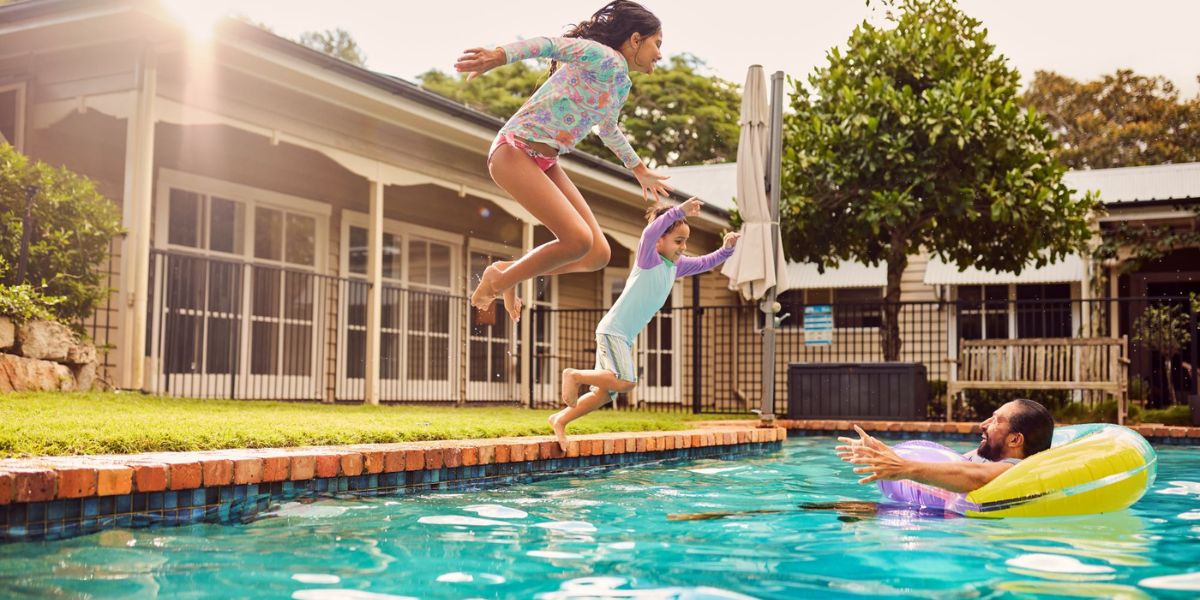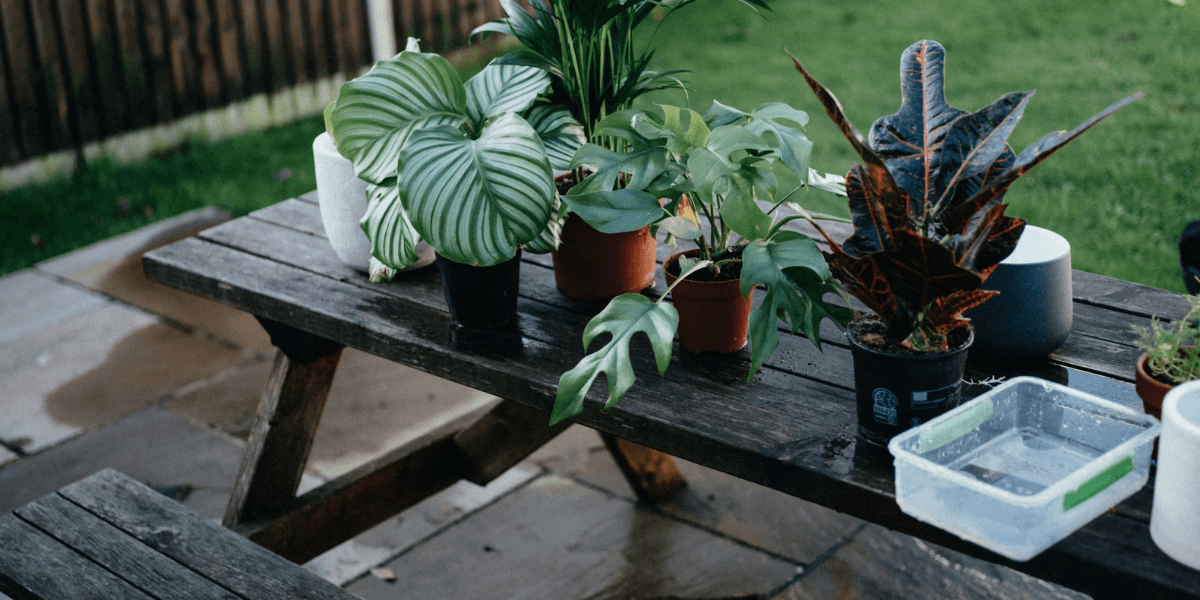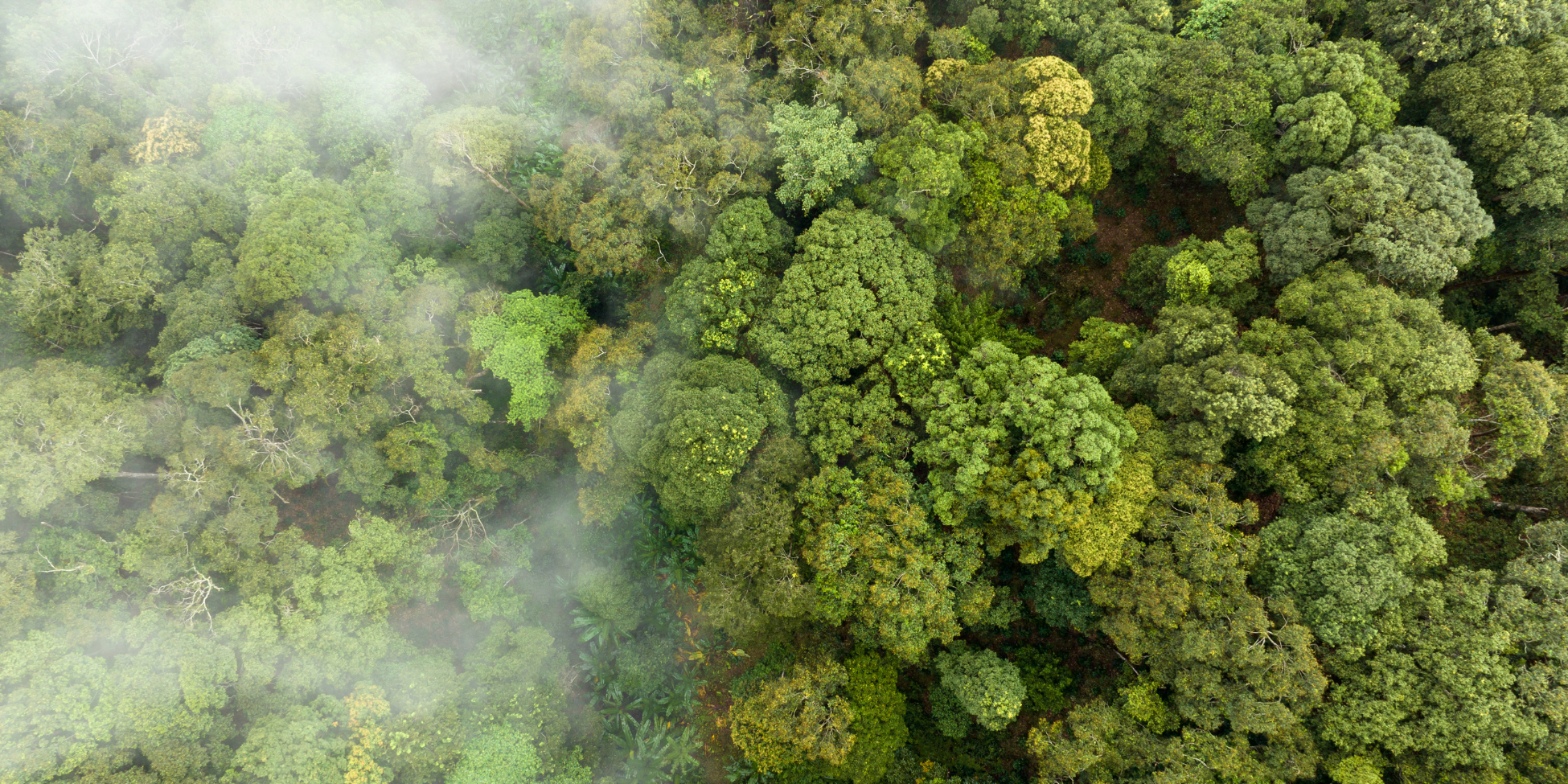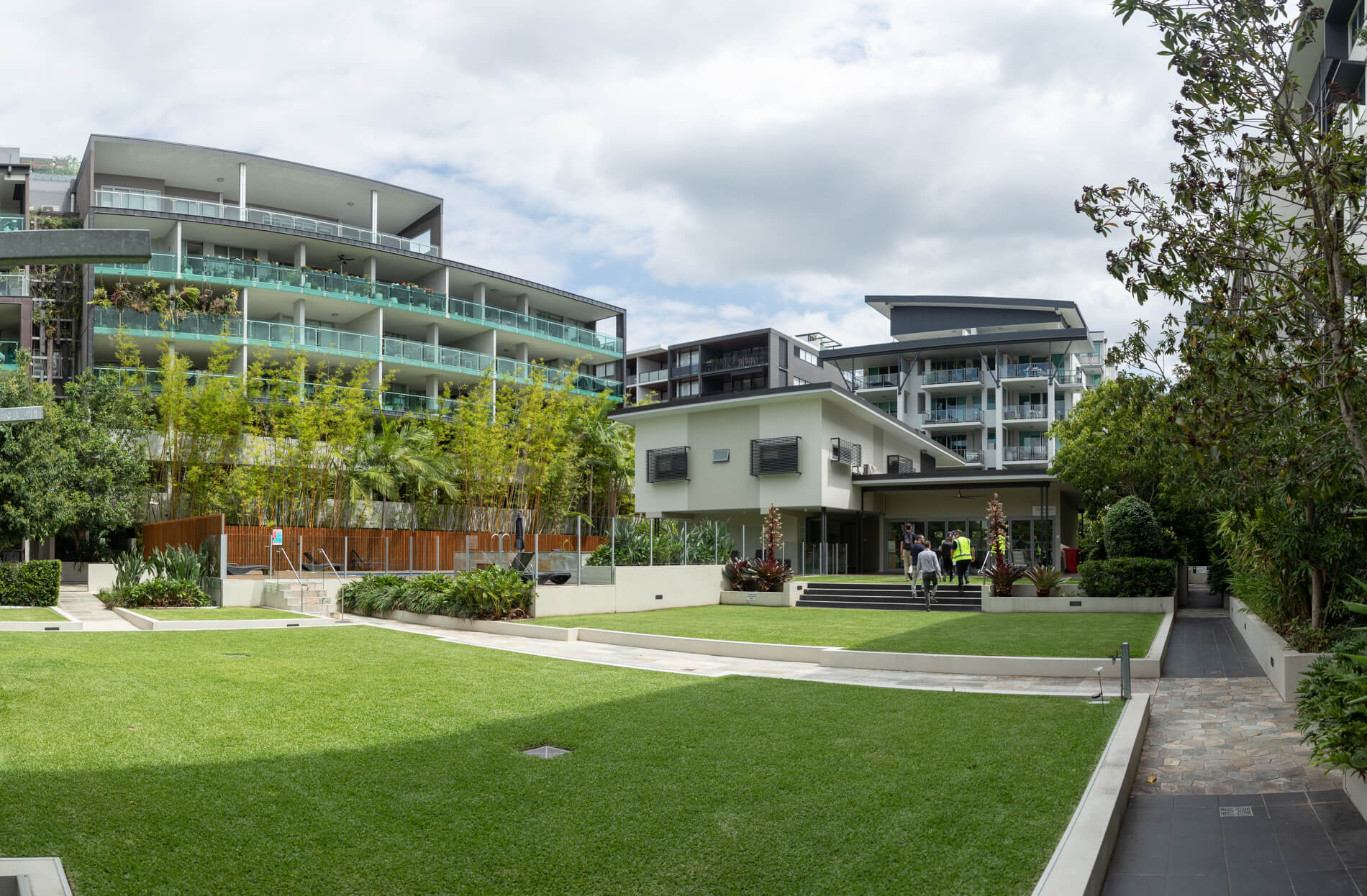PROTECT YOUR BACKYARD BIODIVERSITY
How to protect our feathered friends from window collisions
Mornings in Brisbane would not be the same without the melodious tunes and raucous squawks of our local birds. Birds not only provide us with colourful sound, they also play a vital role in our ecosystem. However, there is a very often overlooked threat to our beloved feathered friends – window collisions.
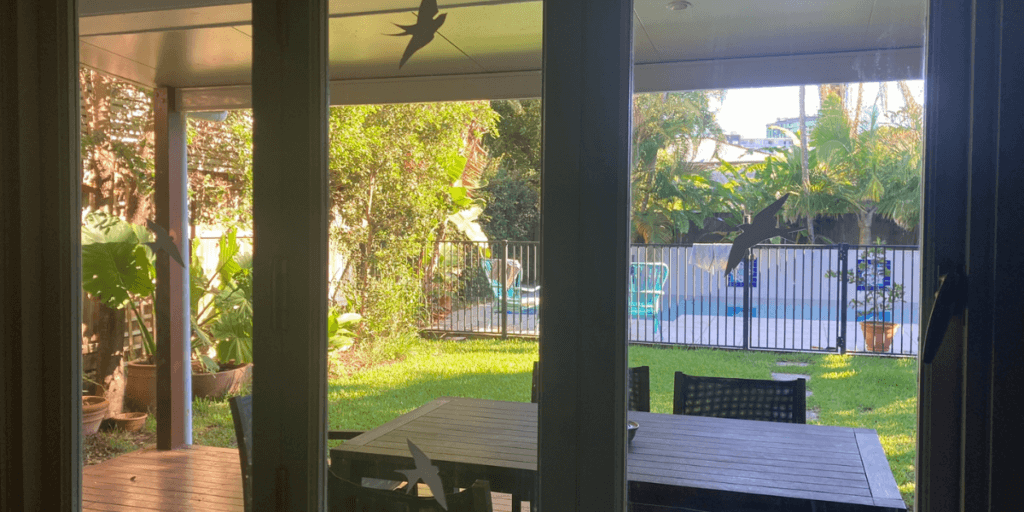
Why do birds crash into windows?
Birds, unlike us, are unable to see glass as a barrier. Birds are not able to differentiate between the sky and its reflection on clear glass. Reflective glass mirrors the sky and nearby vegetation, causing bird window collisions.
In North America it is estimated that 1 billion birds fall victim to window collisions each year, constituting 10% of the bird population, and is the leading cause of bird deaths.
Although bird collision numbers have not been quantified as yet in Australia, we do know that window collisions take a large toll on Australian bird populations and, combined with other threats such as fires, cats and habitat loss, could greatly impact certain bird species populations.
Birds that collide with windows often suffer immediate fatalities. Many also acquire brain injuries, swelling, and bleeds. Even if a bird appears to recover and fly away after a collision, there is no guarantee it will survive its injuries.
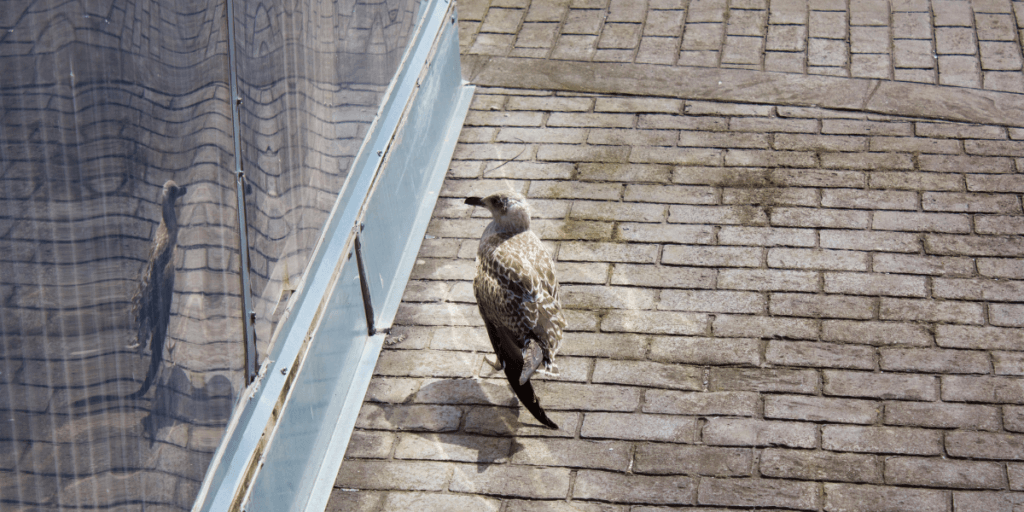
How can you help an injured bird?
If you do find an injured bird, place it in a cardboard box with sufficient ventilation. Keep it away from noise, light, people, and domestic animals. Do not feed it or give it water and contact your local wildlife rescue organisation.
How can you prevent window collisions?
You can make a difference by implementing these practical measures to prevent these window collisions in the first place…
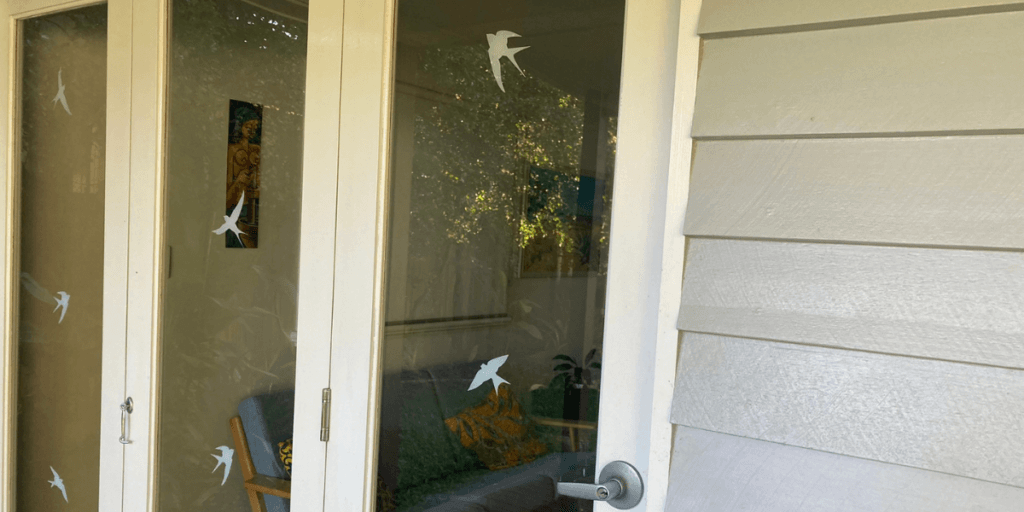
Decorate your windows
Placing markers on windows can make them visible to birds, for example:
- UV glass patterning: Glass with UV patterning, visible to birds but not humans, warns them away without obstructing human views.
- Glass etching or frosting: Windows can be etched with patterns that deter birds. Frosted glass will also deter birds.
- Tape, decals, and silhouettes: Warns birds away from glass surfaces. When applying onto glass, use 5cm spacing for horizontal rows and 10cm for vertical columns with decals no smaller than 3mm wide and a number of them placed on the glass. Bird-friendly products such as Feather Friendly tape are available in Australia on platforms like Etsy. Additionally, you can create your own anti-collision bird decals or choose from a variety of options on Etsy, ensuring they adhere to the recommended 5 x 10 rule.
- Zen wind curtains: Simple hanging cords or cables outside windows to provide an elegant yet effective solution. Example birdsavers.com
- One-way transparent film: Suitable for “light” windows, preserving views while deterring bird collisions.
- Paint your own designs: Use products like Tempera Paint Sticks to create inexpensive bird-safe artwork. Note, whilst this is long lasting, it is not a permanent solution.
Window designs should be placed on the outside of glass (reflections occur on the outside and are not visible to birds on the inside).
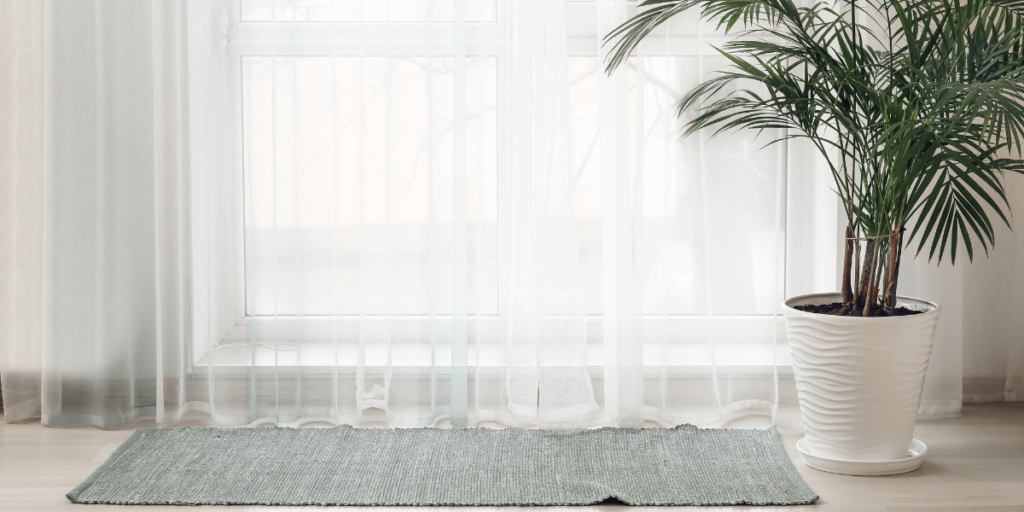
Invest in window accessories
Curtains, blinds, and mosquito screens can also act as effective deterrents, although they may impede views from the window.
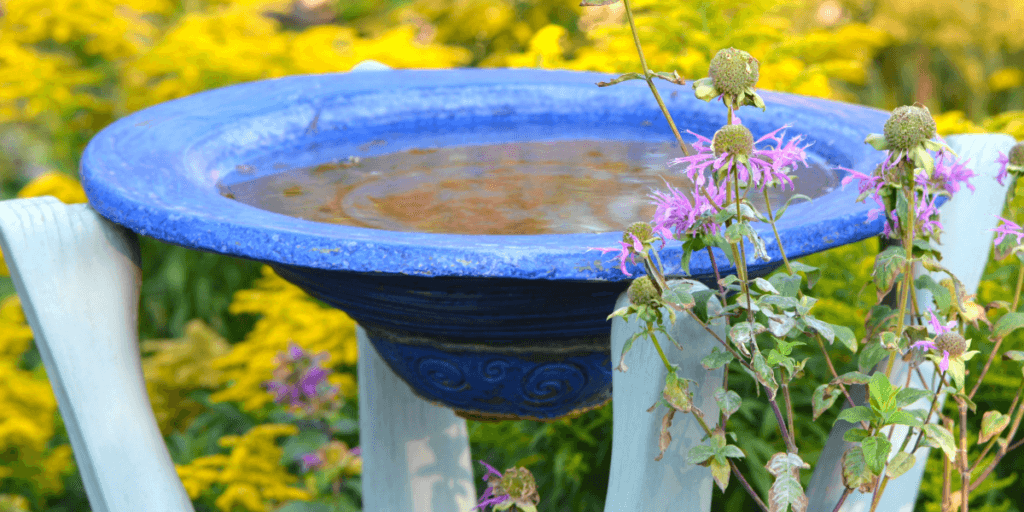
Check your placement of bird baths and feeders
Position bird feeders and baths within one metre of windows, or more than 10 metres away to minimise collision risks.
Supporting ongoing research
Contribute to ongoing research on bird collisions by logging a bird collision on Global Research mapper.
Remember to also provide fresh water for birds, out of reach from predators (such as cats), especially during hot months. Where you can, grow plant types that offer perching, nesting, shelter, and foraging opportunities.
Click here for more information on birds striking windows.
Source: Daniel Klem Jr. Solid Air: Invisible Killer (Hancock House, 2021)
The author

Cass Gaisford
Cass is a Project Manager and Landscape Architect within the Oxley Creek Transformation project team. Cass is passionate about creating wonderful green open spaces for both human and wildlife communities.

